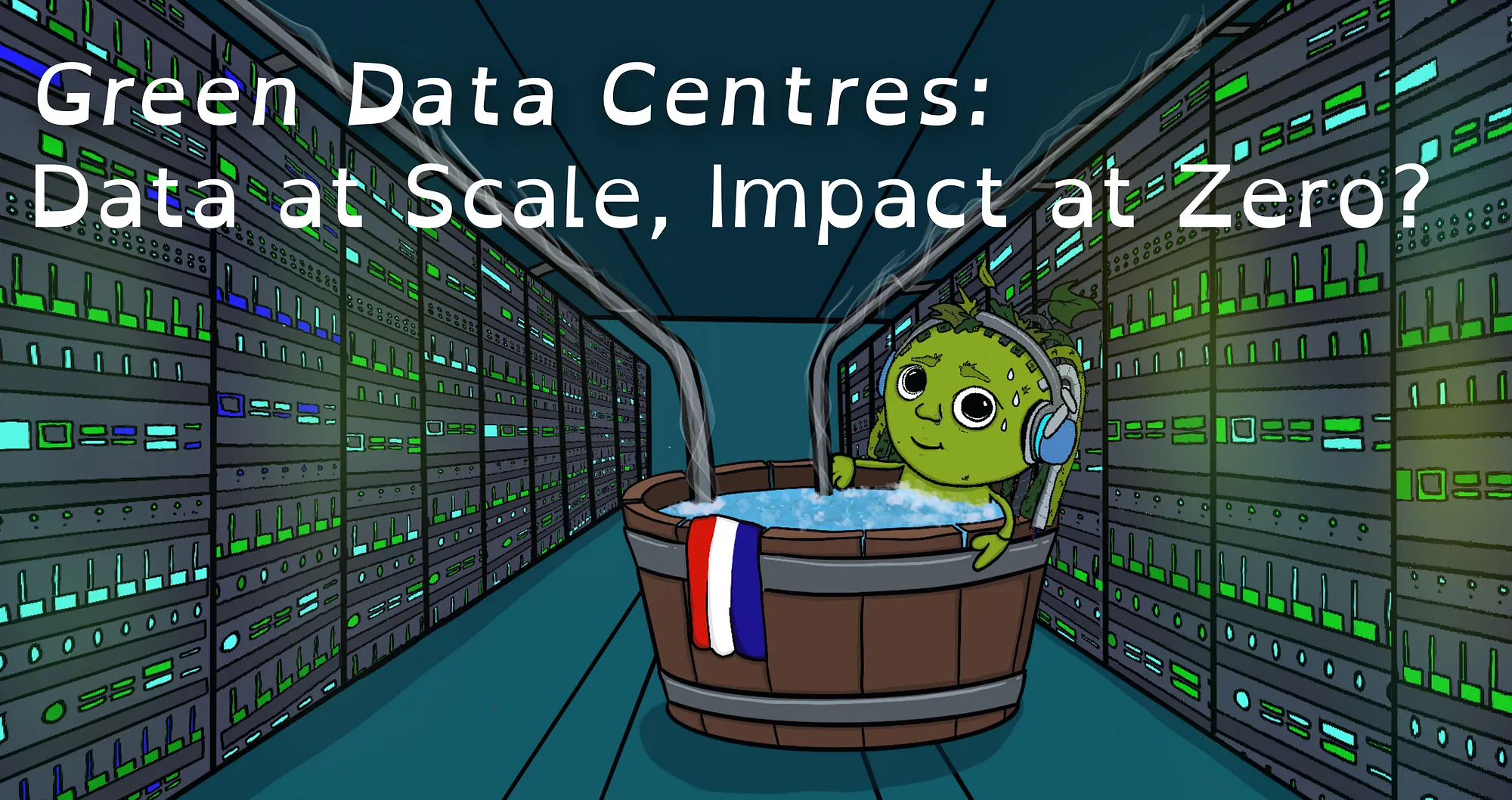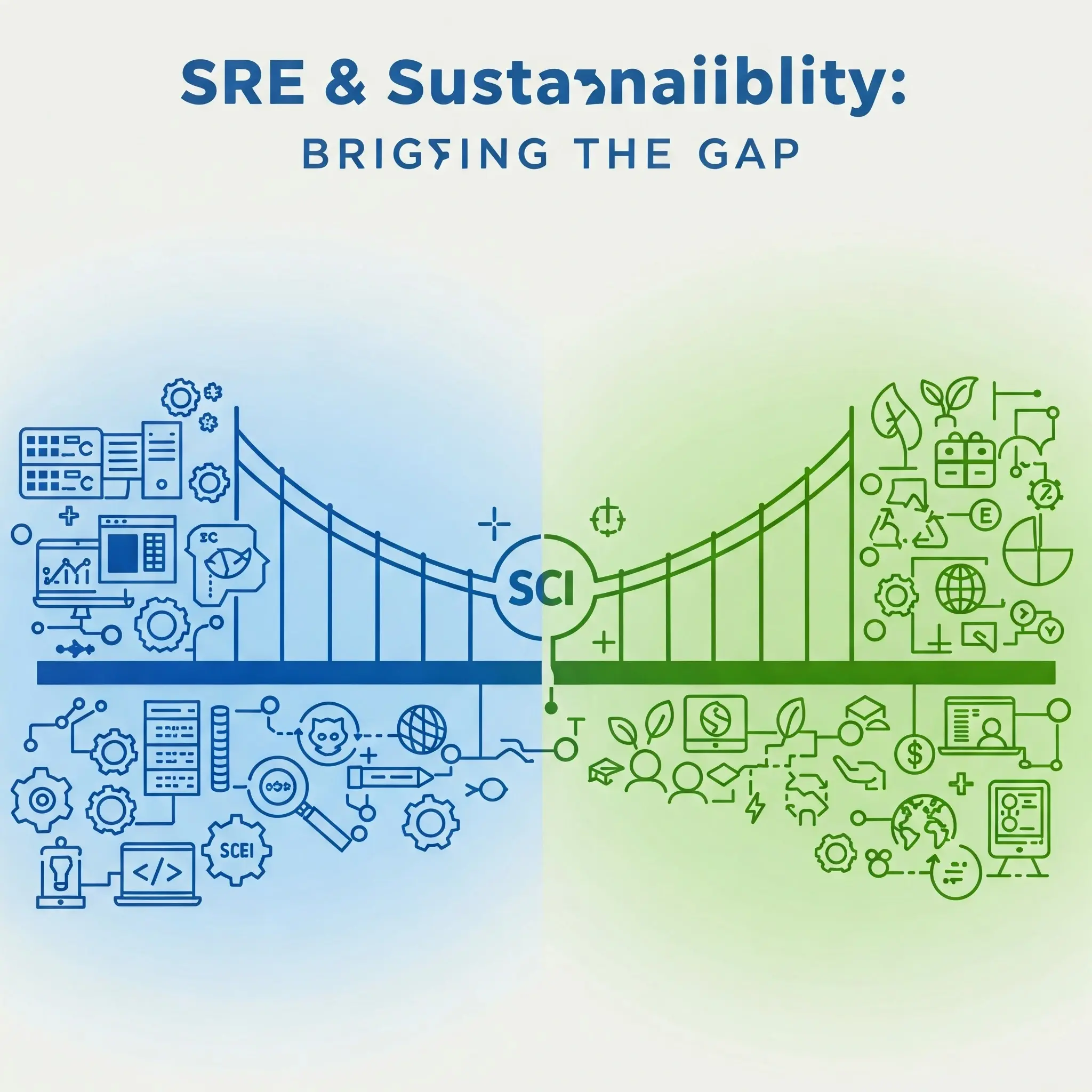
Calculating Cloud VM CPU Carbon Emissions
Learn methodologies for calculating CPU carbon emissions in AWS EC2 instances. P…
What a week for planet Earth. (And I’m sure it’s been a helluva week for planet Mars too but that’s not my concern right now.)
One of the biggest problems (and unfortunately, the biggest marketing opportunities) is that perception is skewed by the information we have, and not the information we don’t have. This is what many companies play on in order to try to sell us a product, idea or service.
When it comes to reducing our negative impact on the planet, many industries understand that most people are aligned; in that we all want to keep Earth safe and flourishing for as long as possible.
Unfortunately, for now at least, it’s a lot cheaper and easier for companies to make it look like they care, than actually caring and doing the work, which is where greenwashing was born.
Greenwashing definition: behaviour or activities that make people believe that a company is doing more to protect the environment than it really is.
This week, the EU voted on passing one of the strongest laws in the world against this practice.
But what does this mean for software companies? And how have software companies been using the beautiful, dreadful art of greenwashing?
Many software companies make claims that their systems or software are “green” or “environmentally-friendly”. Before the new law, you did not have to substantiate this claim but rather could have vague “About Us” pages implying the positive impact.
These claims will now need to be demonstrable and show how the software/service is reducing energy consumption and/or utilising resources more effectively.
When thinking in terms of data centers or large technical operations, this means that information on land usage, water usage, and social impact will have to start becoming transparent if companies still want to make these claims.
Software companies will need to be more forthcoming on their impact. While this aligns well with the EU’s Fit for 55 package, it could also mean that the data that companies have on energy consumption, use of renewable energies, and recycling of hardware, will be made directly available to consumers. Being aware is a great first step for improvement, and challenges the misinformed perceptions we’ve been forming.
Inevitably, as data about current practices and usage comes out, consumers will start pushing for more sustainable solutions. As consumers become more literate in understanding claims, there will be a shift of demand towards companies that actively work on reducing their carbon footprint. This will probably have the biggest impact in tech around hardware, where companies will face a lot of pressure from both consumers as well as legislation, to design hardware that’s repairable and has a longer lifespan (goodbye planned obsolescence!). Demand and Supply have always been a key factor in all markets, and tech companies have been great at spotting trends and getting ahead of the curve. There is little doubt that this will happen again.
Resource-sapping, power-draining, slower-moving companies will lose market share to smaller, greener, cleaner companies.
As occurs with all new legislation, there will be entire industries created around these new laws, meaning a rise in technologies that help optimise software and hardware, new ways of utilising old hardware (such as the amazing work done by Scaleway in tripling the lifespan of their server) and new technologies to track carbon impact.
We are only at the very beginning of this wave and while the law will only be phased in over the next two years, this will greatly speed up the tech industry's investment into greener software. Foundations like the Green Software Foundation and CNCF’s TAG Environmental Sustainability are well-placed to help transition us to a greener future
Keep an eye out for the inevitable shift in perception, now that there will be changes in the information we have.

Learn methodologies for calculating CPU carbon emissions in AWS EC2 instances. P…

Discover sustainability practices for green data centres. Learn how to scale dat…

Learn how to integrate sustainability metrics into SRE practices. Guide for addi…
Get a shared vocabulary of proven Transformation Patterns, common Anti-Patterns, and Paradigm Patterns to have more effective, data-driven conversations about your strategy and architecture.
For a personalized starting point, take our free online assessment. Your results will give you a detailed report on your current maturity and suggest the most relevant patterns to focus on first.
Every Tuesday, we deliver one short, powerful read on AI Native to help you lead better, adapt faster, and build smarter—based on decades of experience helping teams transform for real.